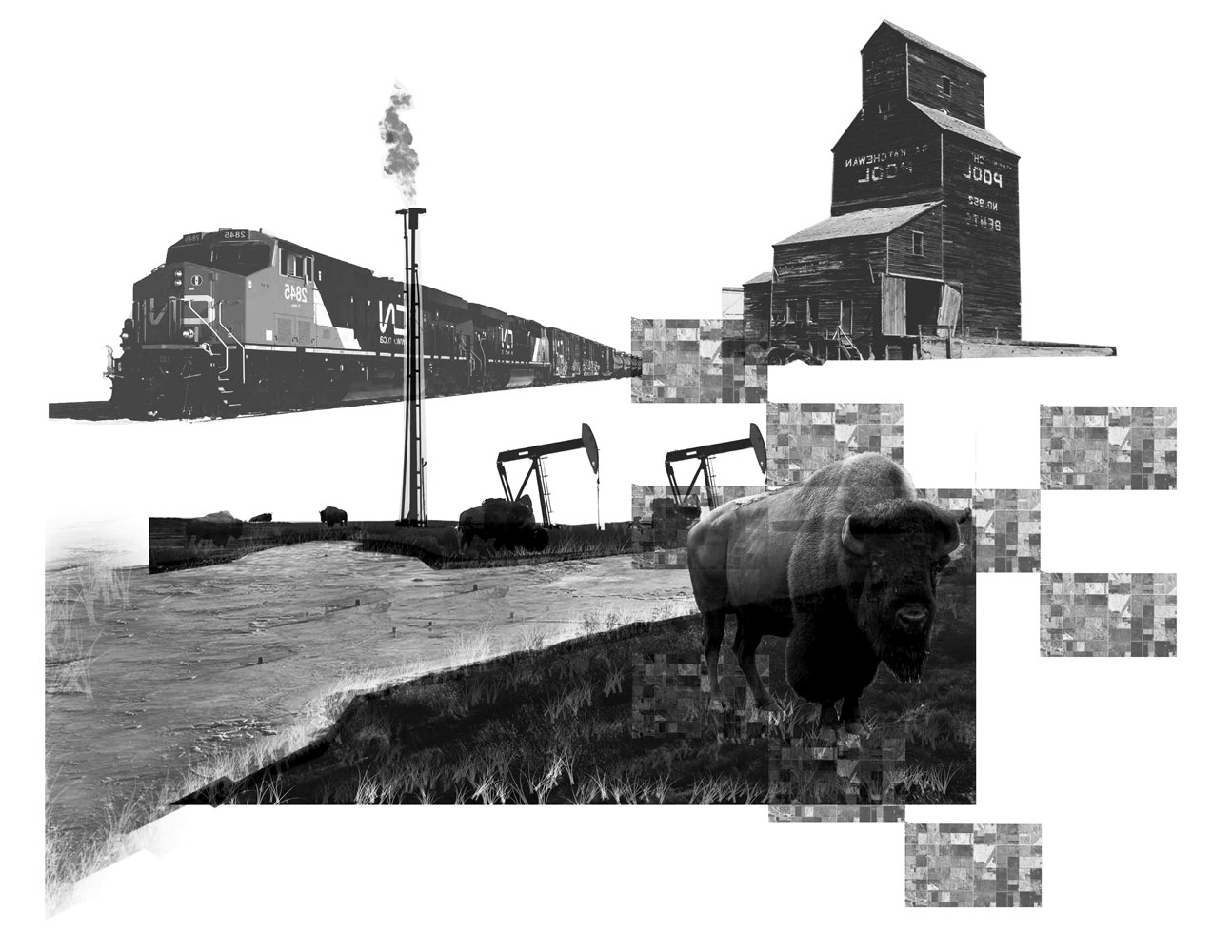Waiting outside for an hour in -30 C weather, and dressed in only enough to leave me with a cold for the rest of the weekend is not something I ever imagined myself doing. But, along with a friend of mine, this was precisely what I was doing on January 30 while waiting for Ragpickers Fashion Emporium to open its doors for Winnipeg’s 25th annual Ragpickers’ All You Can Wear Sale.
An alternative to shopping for conventionally-made clothing, which is irrefutably bad for the environment, is to shop organic. Despite the environmental consequences of conventional shopping however, the hefty price tag of its organic counterpart is usually the deal-breaker. The hefty price tag, though, reflects the cost it takes to grow, harvest and manufacture these goods. That being said it’s not the “everyday low prices” at Wal-Mart that should attract you to the clothing, it’s the lack of child labour and unfair wages involved in creating organic clothing. If hemp’s not your thing, shopping vintage just may be.
Ragpickers Fashion Emporium, as well as Vintage Glory, Redeemed and Ruby Slipper are all some of what Winnipeg has to offer in the realm of vintage clothing stores. According to Tracy Martin, owner of my favourite vintage shop, Ruby Slipper Vintage Shoppe, shopping vintage is “not a new trend, by any means.” By recycling some amazing pieces from fellow Winnipeggers, Ruby Slipper has been providing style savvy shoppers with clothing and accessories.
“It’s all about taking something someone once treasured and loving it all over again,” Martin said.
According to Martin, the regulars at her store are “20-somethings with eclectic fashion taste; style leaders who are doing it as much for the benefit of the Earth as they are for style.” Whether it is environmentally conscious people, or those who like the trend itself, shopping vintage is the best way to be environmentally friendly.
As I was looking further into shopping eco friendly, I caught up with Alesha Frederickson, a 23-year old local fashion designer and crafter with an impressive portfolio of eco friendly creations. According to Frederickson, this eco-trend exists, but contrary to many vintage shoppers and consignment clothing enthusiasts, who’d rather not dress in head-to-toe trend, she doesn’t “associate the word ‘trend’ with the negative, but [instead looks] at it as a positive. [ . . . ] The idea of a trend is to get a majority of the population on some sort of a bandwagon.” So what made this designer jump onto this green carriage ride? It was through learning about the planet and the harm that current lifestyles are causing that drove Frederickson to start working with different materials.
“I find that reusing materials and recycling fits well with the way I design. I would rather use the stuff we have around us to make something interesting [ . . . ] than source out eco fabrics and making a knock off of a ‘non-eco’ dress,” said Frederickson.
Before anything else, when it comes to being an environmentally friendly consumer, one has to be aware of the materials they work with. “The materials I choose to work with for my bags and jackets are plastic bags and other fusible materials. I also tried to use as many recycled materials as possible,” said Frederickson.
“My favourite materials often stem from things we use in our everyday lives for practical things, and converting them into wearable items”, Frederickson adds. “I do believe that using green fabrics is wise, but my way of contributing to reduce my waste is by reusing stuff around me.”
Vintage shoppers, according to Martin, are “a real mixed crowd” that shop not only because it’s “extremely affordable” and very eco-friendly, but because it’s fashion-friendly as well. Vintage shops are available everywhere and, like Martin, owners often choose to “keep it young, fresh and interesting.” Martin herself chooses pieces that are “funky, interesting and a little weird.” Shopping vintage also opens new doors in fashion, enabling someone to purchase items from as early as the 1920s. According to Martin, shoppers like to “throw in a few eclectic pieces with trendy ones” for a fresher, more interesting look. “It’s broken in, it’s hip, it’s got more of an edgy look,” she adds, “and people never know what they’re going to find.”
“It’s not just a fashion craze, but a lifestyle,” Frederickson explains. “The hype around being green is just a push for society to learn more, and, now that the knowledge is out there, we can take it from being a trend, to much more.” Whether referred to as a trend or a lifestyle, adopted or merely experimented with by the masses, the vintage movement is one that is here to stay.




